Introduction
In the vast culinary landscape of global beverages, few drinks encapsulate the essence of traditional, hearty comfort quite like sheep milk tea, also known as “yangyoucha” in some regions inspired by its Chinese origins. This creamy, nutritious drink has been a staple in the diets of nomadic communities for centuries, where sheep herding was a way of life. Its rich, velvety texture and subtly sweet flavor make it a delightful treat for both the soul and the senses. Today, as we delve into the art of making sheep milk tea, we’ll uncover not just a recipe but a journey through history, culture, and the intricate balance of flavors that define this timeless beverage.
The History and Culture Behind Sheep Milk Tea
The origins of sheep milk tea are deeply intertwined with the history of pastoral societies, particularly those in Central Asia, Mongolia, and parts of China. For centuries, sheep have been a vital resource, providing not only meat and wool but also milk, which was transformed into various dairy products, including yogurt, cheese, and, of course, tea. The practice of blending milk with tea likely emerged as a way to enhance the nutritional value of tea, which was already a cherished beverage for its stimulating properties and ability to ward off the chill of harsh winters.

In traditional settings, sheep milk tea was prepared over open fires, using freshly churned sheep milk and loose-leaf tea, often black or green varieties. The process was both an art and a ritual, involving careful monitoring of temperatures, the ratio of milk to tea, and the addition of salt or other spices to taste. This drink was not merely a means of hydration but a symbol of hospitality, often served to guests as a sign of welcome and respect.
Ingredients and Tools for Making Sheep Milk Tea
Before diving into the step-by-step process, let’s gather the necessary ingredients and tools:
- Fresh Sheep Milk: Ideally, use freshly squeezed sheep milk for the best flavor and nutritional benefits. If fresh milk is unavailable, high-quality sheep milk powder can be a suitable alternative.
- Loose-Leaf Tea: Black tea, green tea, or a blend specifically meant for milk tea can be used. Loose-leaf tea offers a more nuanced flavor profile compared to tea bags.
- Water: Purified or filtered water is recommended to avoid imparting unwanted flavors.
- Salt (Optional): A pinch of salt can enhance the sweetness of the milk and balance the tea’s bitterness.
- Sweetener (Optional): Honey, sugar, or a natural sweetener like maple syrup can be added to taste.
- Pot or Kettle: For boiling water and milk.
- Tea Strainer or Infuser: To steep the tea leaves without letting them into the drink.
- Whisk or Ladle: For mixing the milk and tea evenly.
- Stove or Electric Kettle: A heat source to boil water and maintain the temperature of the milk.
Step-by-Step Guide to Making Sheep Milk Tea
Boiling the Water
Begin by boiling water in a pot or kettle. The quality of water is crucial as it directly affects the taste of the tea. Once the water reaches a rolling boil, turn off the heat and let it sit for a minute to reach a temperature slightly below boiling point. This is important because boiling milk can cause it to curdle.
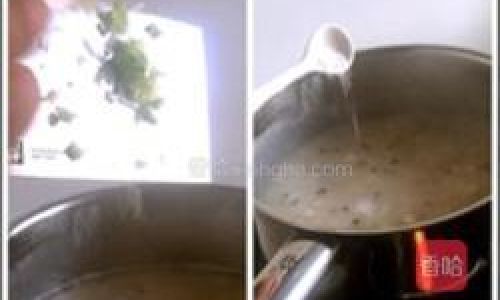
Preparing the Tea
While the water is cooling, measure out the desired amount of loose-leaf tea and place it in a tea strainer or infuser. The amount of tea will depend on personal preference, but a general guideline is about 1 teaspoon of tea leaves per cup of water.
Steeping the Tea
Pour the hot water over the tea leaves, ensuring they are fully submerged. Allow the tea to steep for 3-5 minutes, depending on how strong you prefer it. The longer the steeping time, the stronger the tea will be.
Heating the Sheep Milk
In a separate pot, gently warm the sheep milk over low heat. Stir occasionally to prevent scorching. Do not let the milk boil; instead, aim for a temperature just below simmering. This preserves the milk’s delicate texture and flavor.
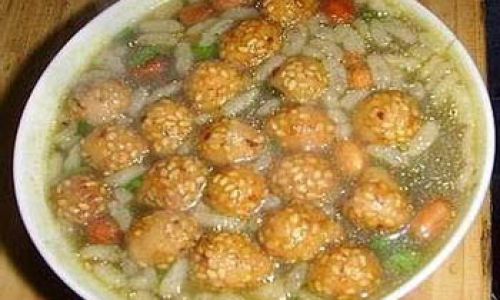
Combining Tea and Milk
Once the tea has finished steeping, remove the tea strainer or infuser. Slowly pour the warm milk into the tea, stirring constantly with a whisk or ladle to blend evenly. The key here is to maintain a gentle heat throughout this process to avoid curdling and to ensure a smooth, creamy texture.
Seasoning (Optional)
At this stage, you can add a pinch of salt to enhance the sweetness of the milk and balance the tea’s bitterness. If you prefer a sweeter tea, add honey, sugar, or another sweetener to taste, stirring until fully dissolved.
Serving and Enjoying
Pour the sheep milk tea into cups or bowls and serve immediately. In traditional settings, this drink is often enjoyed with a side of nomadic snacks like bread, dried meat, or cheese. The creamy richness of the sheep milk complements the earthy notes of the tea, creating a harmonious blend that is both satisfying and soothing.
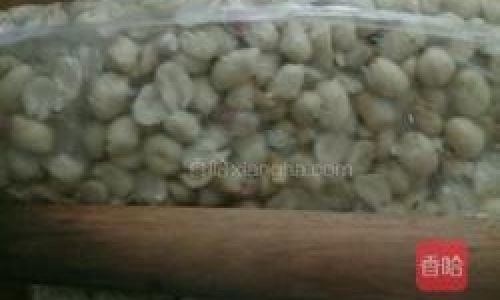
Tips for Perfecting Your Sheep Milk Tea
- Experiment with Tea Types: Different teas will yield varying flavors. Black tea tends to be robust and malty, while green tea offers a fresher, more vegetal profile. Experiment to find your favorite blend.
- Adjust the Milk-to-Tea Ratio: The ratio of milk to tea can be adjusted according to taste. For a richer, creamier drink, use more milk. For a more tea-forward flavor, reduce the milk content.
- Temperature Control: Maintaining the correct temperature is crucial. Too hot can curdle the milk, while too cold will fail to extract the full flavor of the tea.
- Use High-Quality Ingredients: Fresh, high-quality sheep milk and loose-leaf tea will make a noticeable difference in the final taste of your tea.
- Additives and Variations: Feel free to experiment with spices like cinnamon, cardamom, or ginger for added depth and complexity.
Conclusion
Making sheep milk tea is not merely about following a recipe; it’s about embracing a tradition that spans generations and cultures. Each sip is a connection to the past, a nod to the ingenuity of our ancestors who transformed simple ingredients into something extraordinary. As you prepare this drink in your kitchen, whether using traditional methods or modern conveniences, remember that the true essence of sheep milk tea lies in its ability to warm the heart, nourish the body, and bring people together. So, gather your ingredients, light the stove, and embark on a journey through time and flavor, one cup of sheep milk tea at a time.
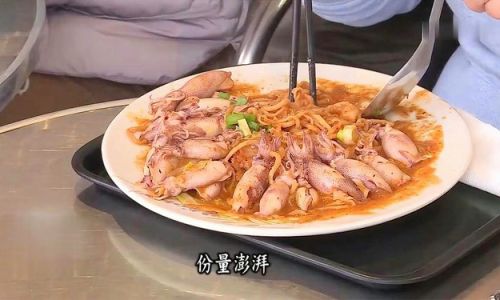
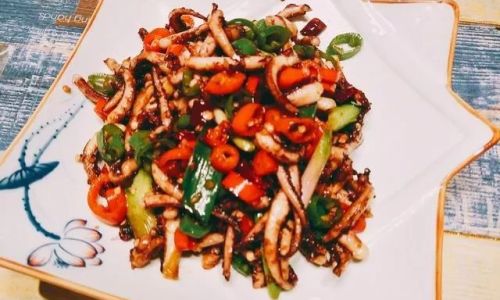
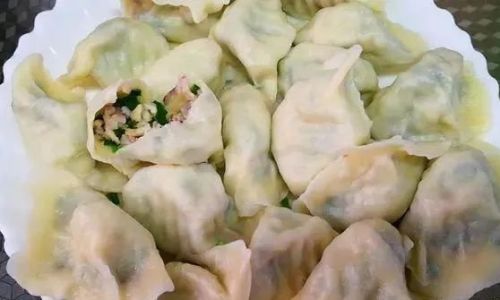
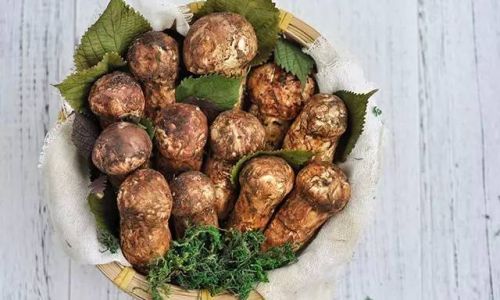
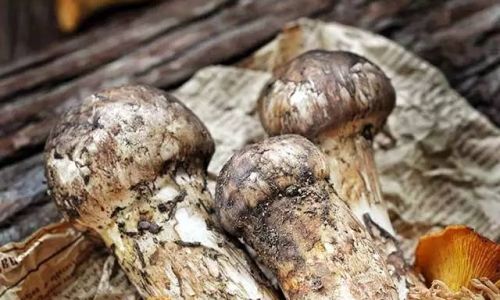
0 comments